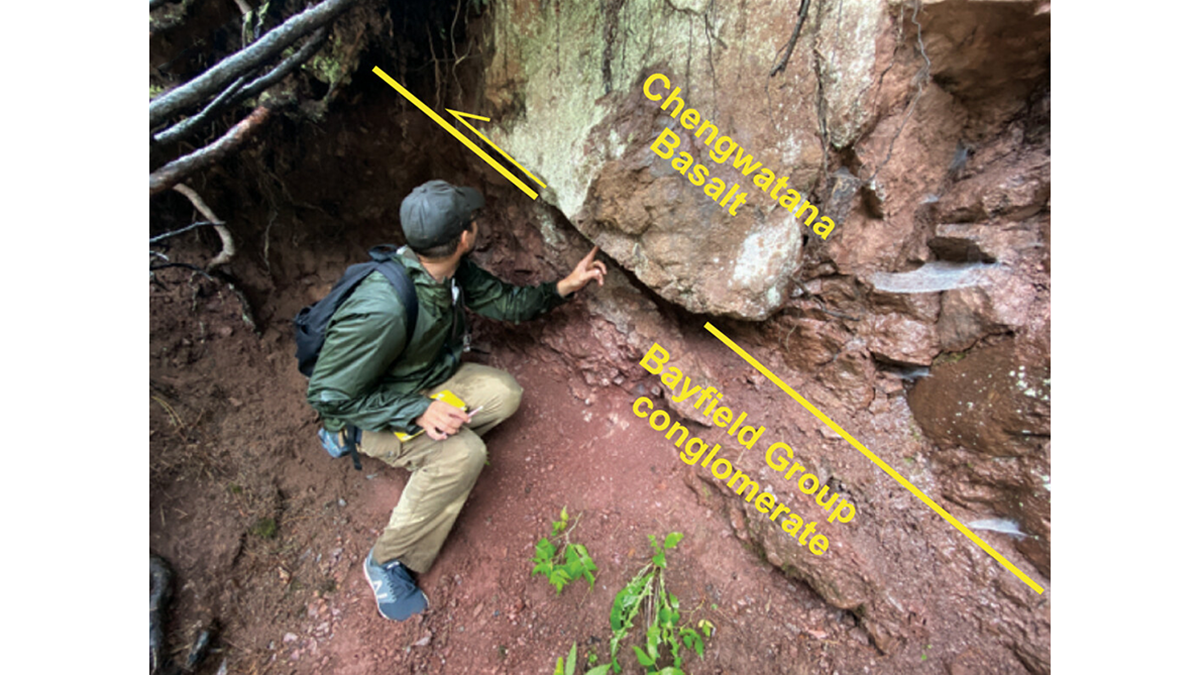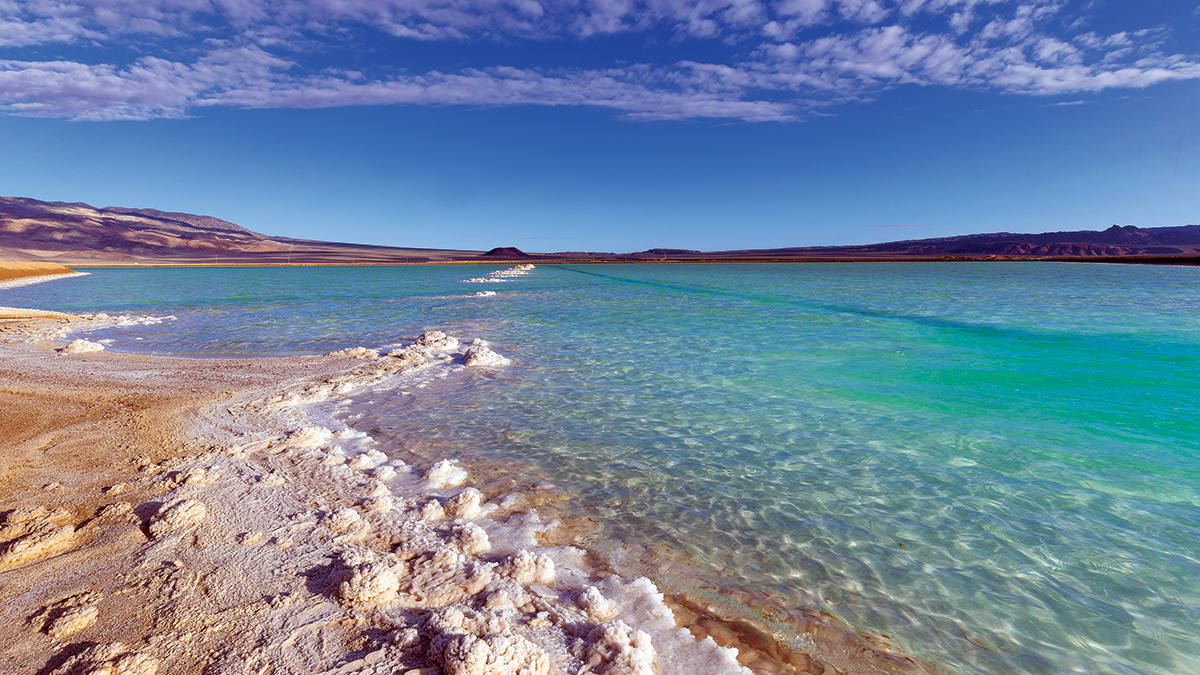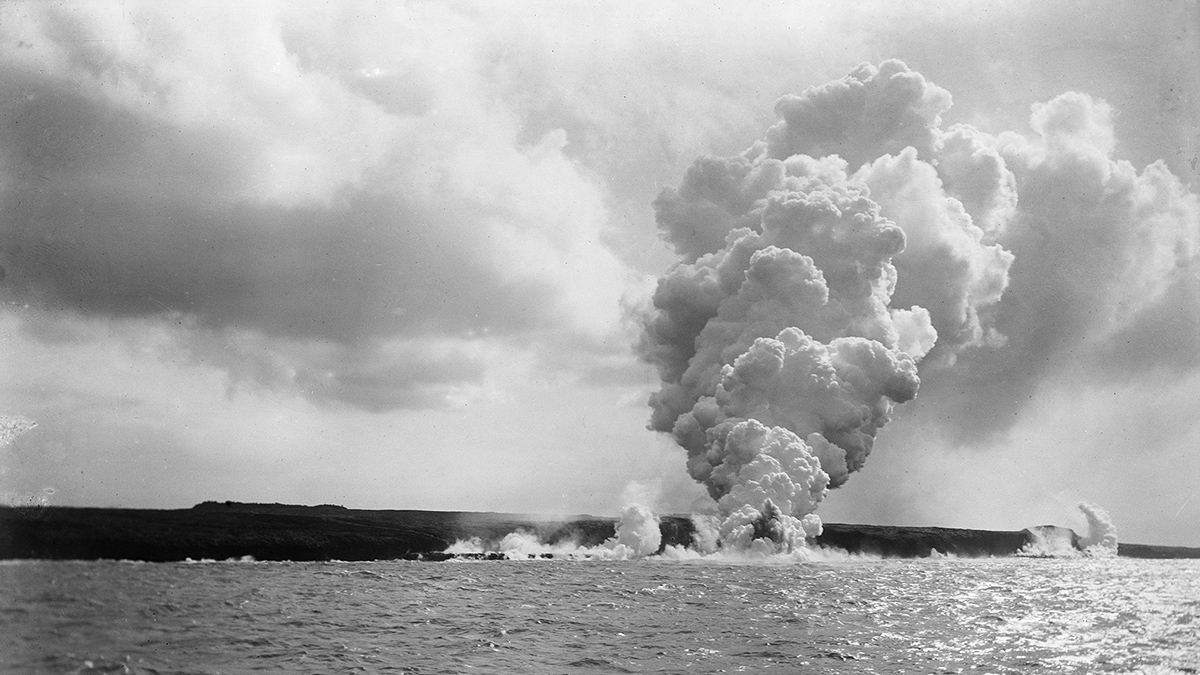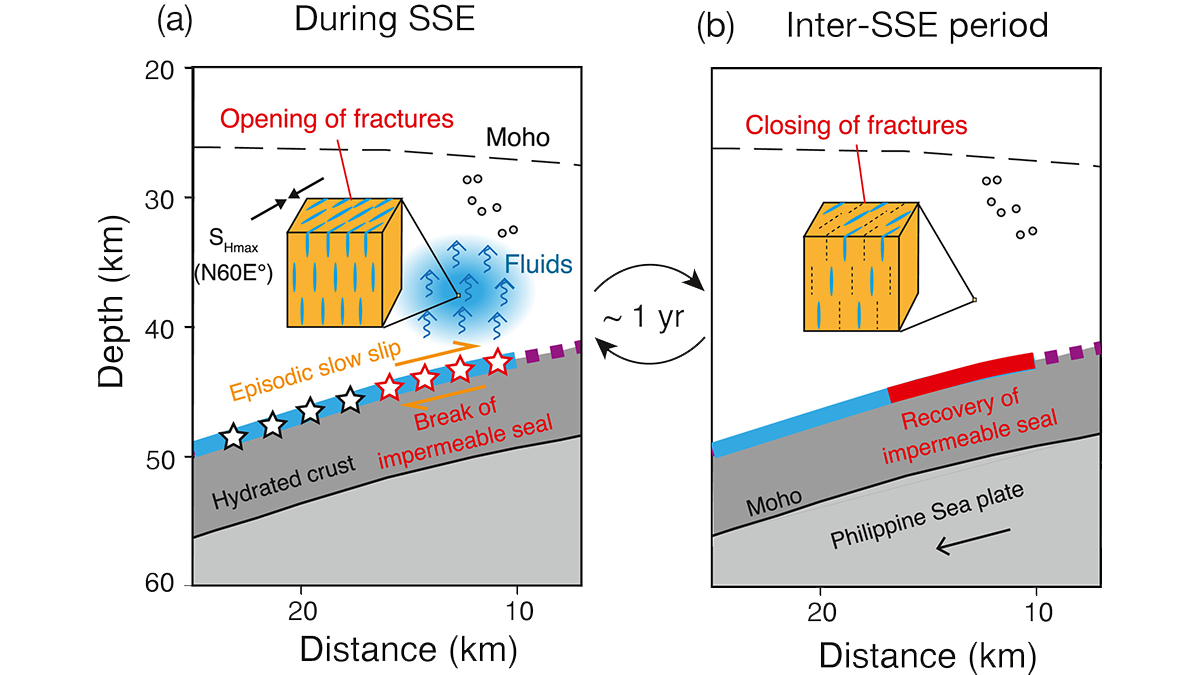10Be and 26Al concentrations in river sand reveal an increase in erosion rate in the Brazilian Highlands consistent with the Mid-Pleistocene Transition, a major climatic shift that occurred about 1 million years ago.
plate tectonics
A New View of Deep Earth’s Carbon Emissions
Advances in plate tectonics research allow a deeper understanding of how greenhouse gases escape from within the planet.
How Does Subsurface Lithology Speak to Hillslope Morphology?
Subsurface flow hydrology connects soils and bedrock lithology to long-term catchment evolution in humid landscapes.
Structural Inversion of an Intracratonic Rift System in Deep Time
A new study reconstructs how an ancient North American rift system was uplifted in space and time due to subsequent continent-continent collision.
Nevada Has Loads of Lithium. Here’s Why.
Nevada is becoming a major producer of lithium, thanks to topography, climate, and geologic serendipity.
Tracking a Disappearing Mantle Plume in Ancient Samoa
A thick portion of Earth’s crust may have capped the Samoan plume and suppressed volcanism for 30 million years, explaining a curious gap along the Samoan chain.
A Close Asteroid Encounter May Have Once Given Earth a Ring
An unusual concentration of impact craters suggests that they may have been caused by the breakup of an asteroid that created a temporary debris ring around Earth.
Seismotectonic Update of the Philippines-Taiwan Region
Using more than two decades of data, scientists find that the Philippine and Taiwan subduction region is controlled mainly by shallow seismicity and low magnitude earthquakes.
Cyclic Opening of Deep Fractures Regulates Plate Boundary Slip
Seismic anisotropy changes through time suggest that cyclical opening of fluid-filled fractures is synchronized with subduction zone slow slip events.










